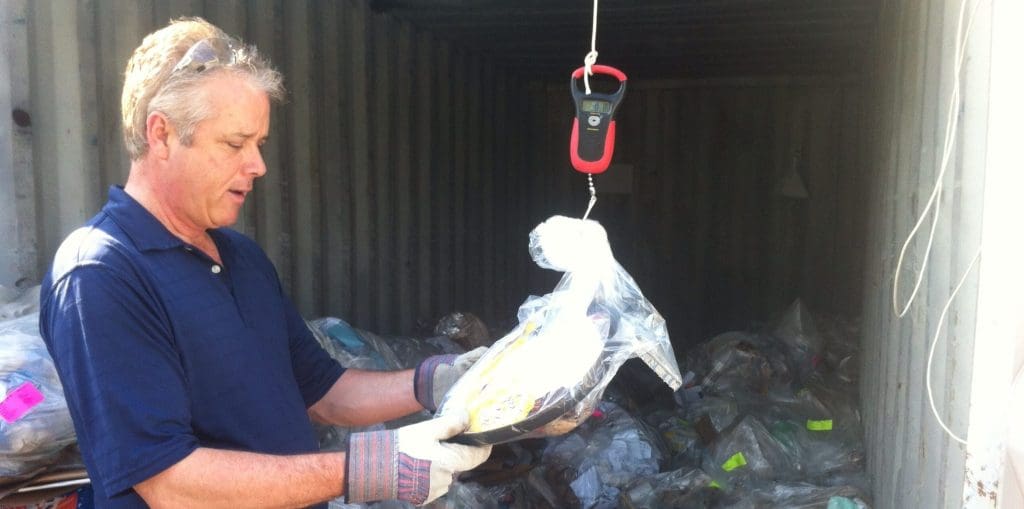Share
Waste diversion rate is one of the KPI’s in a successful recycling program, it represents the amount of waste that is diverted from landfill for recycling.
When looking to improve the success of your recycling program it is critical to know your current waste diversion rate as a benchmark. The first step in finding out your current rate is to conduct a waste audit.
There are three different ways to do a waste audit:
- Conduct a waste audit internally
- Ask your waste hauler to conduct an audit
- Outsource an external waste audit company who is not associated with your waste hauler
The most cost effective option is usually to conduct the waste audit yourself; here is an overview of some best practices to get you started:
- Select a team of employees who will be responsible for the audit
- Communicate the program to the custodial staff so they know ahead of time what is required of them
- Conduct the waste audit over a 3-day period, typically Tuesday, Wednesday, and Thursday
- Use clear bags so that the contents can be seen
- Label each bag with the room and floor where they were collected
- During the 3-day period, collect all bags in one central area
- Record the weight of each bag and where it was collected from (written on bag labels)
- Visually assess recycling contamination and write notes for contaminants found in the bags
Calculating your waste diversion rate:
Collect all the data from your waste audit. Having labeled each bag you will get a very detailed picture of what is happening within different areas of your business. This can be used for analysis at a later time.
You now have the total weight of recycling, compost and garbage collected by your organization. Use the following formula to work out your waste diversion rate:

Once you have your current waste diversion rate, you can set diversion rate targets for your organization. Then implement the best practices such as:
- Ensuring you communicate your program throughout your organization,
- Using clear instructional graphics to increase user adoption rates and
- Making sure your custodial staff are on board with your program.
These help ensure your program constantly evolves and improves on your journey to the ultimate goal of zero waste.
For more information on increasing diversion rates read our case study that shows how a High school in Ontario increased their diversion rates by using instructional graphics and specific recycling containers that support multiple streams.



